How to reset Generac generator? In this article, we will give the general instructions to reset Generac generator.
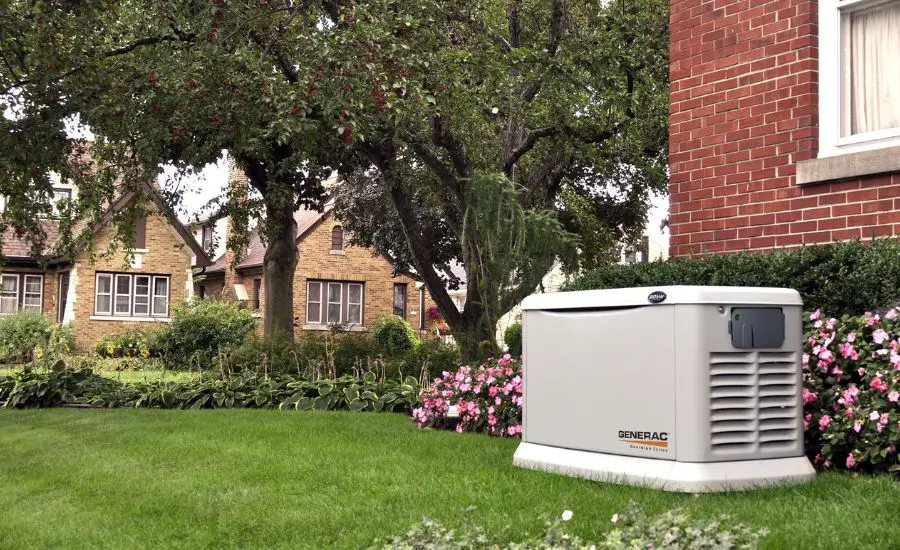
Overview of Generac generators
In this section, we will provide an overview of Generac generators and their common applications, as well as an explanation of the key components and functions of a Geneсrac generator.
Generac is a leading manufacturer of standby and portable generators, offering a wide range of options to suit various power requirements.
Their generators serve several critical purposes, including:
- Backup power: Generac generators are designed to automatically kick in when the main power supply fails. This capability is particularly valuable in regions prone to power outages, ensuring that essential systems and appliances continue to operate.
- Emergencies: generators are a vital asset during emergencies, such as natural disasters, where power loss can be life-threatening. They are commonly used to keep sump pumps, refrigeration, heating or cooling systems, and medical equipment functioning.
- Construction and remote locations: portable generators are indispensable on construction sites and remote locations where a reliable power source is not readily available. They power tools, lighting, and other equipment.
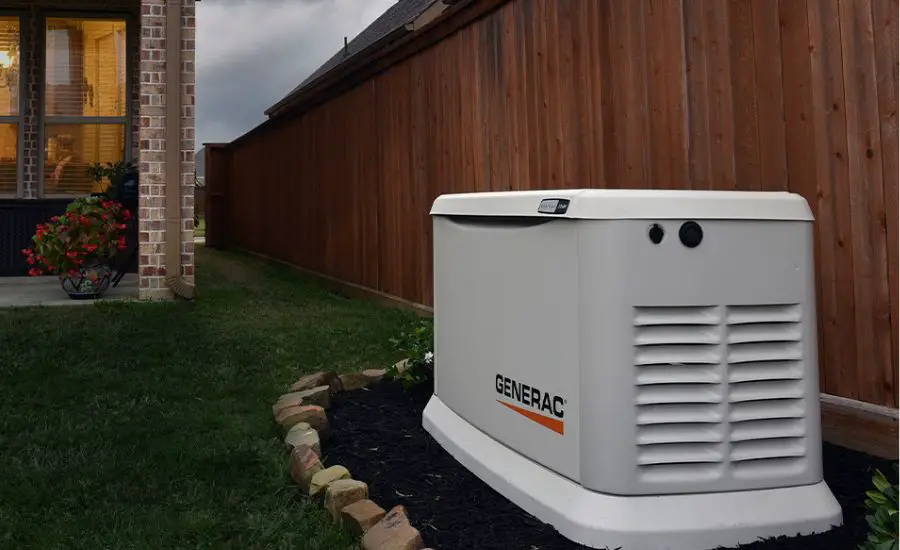
Reasons for resetting
It’s essential to be aware of these scenarios to ensure the continued functionality of your Generac generator.
Power outage
Generators are primarily designed to provide a seamless transition of power during blackouts. When the primary power source fails, the generator should automatically start and take over the electrical load.
However, there are instances where a reset may be required during a power outage:
- Failure to start: sometimes, the generator may not start automatically due to issues like a weak battery or a fuel supply problem. In such cases, knowing how to perform a manual reset can help you restore power promptly.
- Restoring primary power: after power is restored, you may need to reset the generator to return it to standby mode, ready for the next outage.
Maintenance and servicing
Regular maintenance is essential to keep your Generac generator in peak condition.
During routine servicing and maintenance tasks, you may find it necessary to reset the generator for several reasons:
- Air filters or oil change: routine maintenance often involves an oil change, and replacing filters or spark plugs. After completing the oil change, resetting the generator ensures that it runs smoothly with fresh components.
- Testing and exercising: regular testing and exercising of your generator is crucial to confirm its readiness. After testing, a reset may be needed to return it to its standard operational mode.
Errors or faults
Generators are equipped with advanced monitoring systems that can detect faults or errors in the generator’s operation.
In the event of an error or fault, a reset may be necessary:
- Clearing error codes: if the generator’s control panel displays an error code or alarm, resetting can often clear these issues. It’s important to investigate and address the root cause of the error to prevent it from reoccurring.
- Overloads or tripped breakers: overloading or tripped circuit breakers can also trigger the need for a reset. Resetting the generator after resolving these issues ensures proper operation.
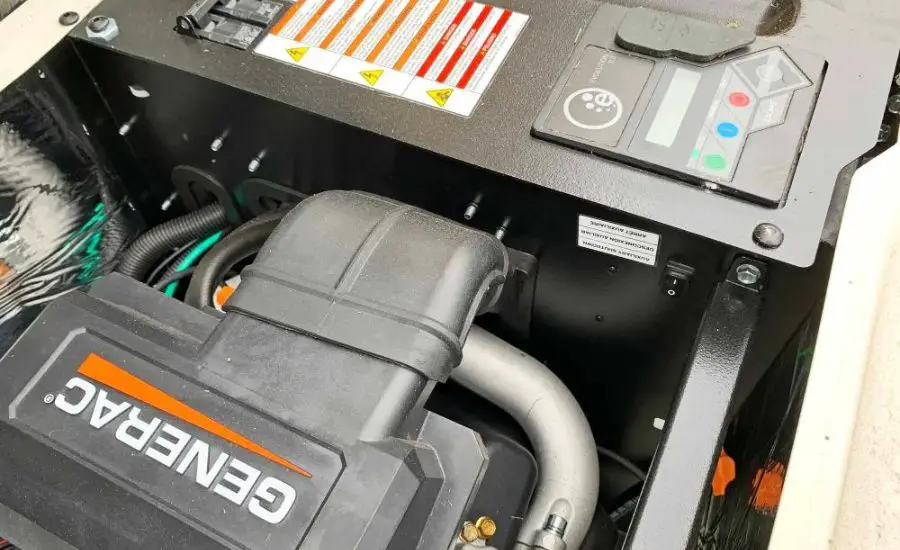
Safety precautions
Ensuring your safety and that of others is of paramount importance when dealing with electrical equipment.
Proper shut-down procedures
Turn off the load: before resetting your Generac generator, it’s essential to ensure that any electrical loads powered by the generator are turned off. This prevents potential electrical hazards during the reset process.
Disconnect fuel supply: if you’re performing maintenance or servicing tasks that involve accessing the internal components, it’s advisable to disconnect the fuel supply from the generator.
This reduces the risk of fuel leakage and potential fire hazards.
Let the generator cool: if the generator has been running and is hot, allow it to cool down before attempting any work. Hot components can cause burns or other injuries.
Identifying potential hazards
Carbon monoxide (CO) awareness: generators typically run on fossil fuels and produce carbon monoxide (CO), a colorless, odorless, and potentially lethal gas. Ensure that the generator is placed in a well-ventilated area, away from doors and windows, to prevent CO buildup. Install carbon monoxide detectors in your home or workspace to provide an early warning in case of a leak.
Electrical hazards: generators produce high-voltage electricity. Ensure that you have a basic understanding of electrical safety and wear protective gear, such as rubber gloves and non-conductive footwear when working on or around the generator.
Fuel safety: when handling fuel-related tasks, like refueling or disconnecting fuel lines, be cautious to avoid spillage, which can lead to a fire hazard. Always follow proper fuel storage and handling guidelines.
Protective gear if necessary
Personal protective equipment (PPE): depending on the nature of your task and the potential risks involved, it may be necessary to wear PPE. This can include safety goggles, gloves, hearing protection, and appropriate clothing to protect against fuel or oil spills.
Fire extinguishers: keep a fire extinguisher nearby when working on your generator. It’s a crucial safety precaution in case of fuel-related fires.
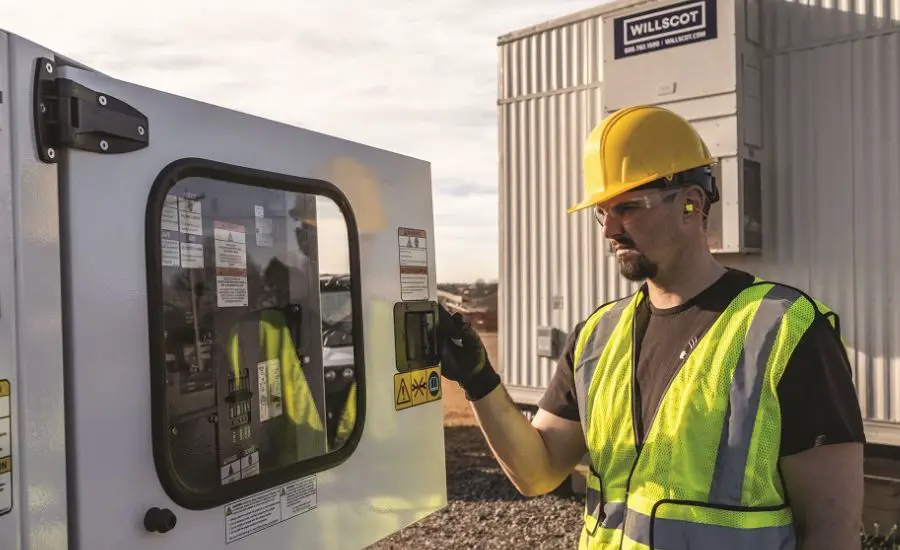
How to reset Generac generator?
To reset a Generac generator, you need to follow the step-by-step instructions that involve accessing the control panel, understanding the control options, clearing errors or alarms, and restarting the generator, so the generator continues working efficiently.
Accessing the generator’s controller
Locate the control panel: the controller of your Generac generator is typically located on the generator unit itself. It may be on the front or side, easily accessible. If you are unsure of its location, consult your generator’s owner’s manual.
Power on/off: ensure that the generator is powered on. Some models may have a dedicated power switch on the control panel.
If your generator has an electric start, make sure the battery is charged.
Read the display: examine the controller display for any errors or alarms. Error codes typically consist of alphanumeric characters and may indicate the nature of the problem.
Function buttons: familiarize yourself with the function buttons available on the control panel. These buttons may include “Enter,” “Up,” “Down,” and “Escape.” They allow you to navigate the menu and make selections.
Navigating the menu: use the controller buttons to navigate through the menu options and reset a Generac Generator. Most generators have an intuitive menu system that guides you through different settings and functions.

Clearing errors or alarms
Identify the error code: if you see an error or alarm on the display, make a note of it. This code is crucial in diagnosing the issue.
Navigate to the alarm/errors menu: use the controller buttons to access the alarm or errors menu. This is where you can view the specific error and potentially clear it.
Clear the error: depending on your generator model, you may have an option to clear the error. Follow the prompts on the control panel to do so. Be sure to address the root cause of the error to prevent it from recurring.
Re-starting the generator
Return to the main menu: after clearing the code or alarms, navigate back to the main menu on the controller.
Restart the generator: choose the Dealer menu with the arrow keys and press Enter. Click the Reset Maintenance option, and press Enter. Choose the Yes option with the arrow keys, and press Enter again. It will take ten to fifteen seconds to reset a Generac generator. If you press Auto, it will operate in Auto mode.
Monitor the startup: observe the generator’s startup process. It may take a few moments to reach full operational capacity.
Once it’s running smoothly, your generator should be ready to provide power as needed.
Return to standby mode (if applicable): after the generator has been reset and the power is restored, consider returning it to standby mode or the appropriate setting for your needs.
Troubleshooting tips
Low fuel pressure:
- Check the controller for a fuel pressure alarm or warning light.
- Listen for unusual engine noises, which may indicate low pressure that can damage the generator’s engine.
- Verify the oil level in the generator. If it’s below the recommended level, low oil pressure may be the cause.
- If the oil level is low, your generator needs an oil change. Add the appropriate type and amount of oil recommended by your generator’s user manual in the oil change instructions.
- Check for oil leaks and repair them if necessary.
- If the issue persists after addressing these concerns, consult a professional technician to inspect the generator’s oil system.
Overload conditions:
- Check for overload alarms on the control panel.
- Examine the load on the generator, which can be displayed on the controller.
- Listen for the generator straining under a heavy load.
- Identify and reduce the electrical load on the generator by turning off non-essential appliances or systems.
- Reset any tripped circuit breakers or overload protection devices.
- Consult the generator’s manual to determine its maximum load capacity. Avoid exceeding this limit to prevent overloading.
Battery-related problems:
- Check the controller for low battery alarms or warnings (typically you may see a yellow light).
- Test the battery voltage with a multimeter. A low voltage reading can indicate a weak or discharged battery.
- Charge the battery using an appropriate battery charger if it is discharged.
- Inspect the battery terminals for corrosion and clean them if needed.
- If the battery is old or unable to hold a charge, consider replacing it to ensure a reliable generator starts.
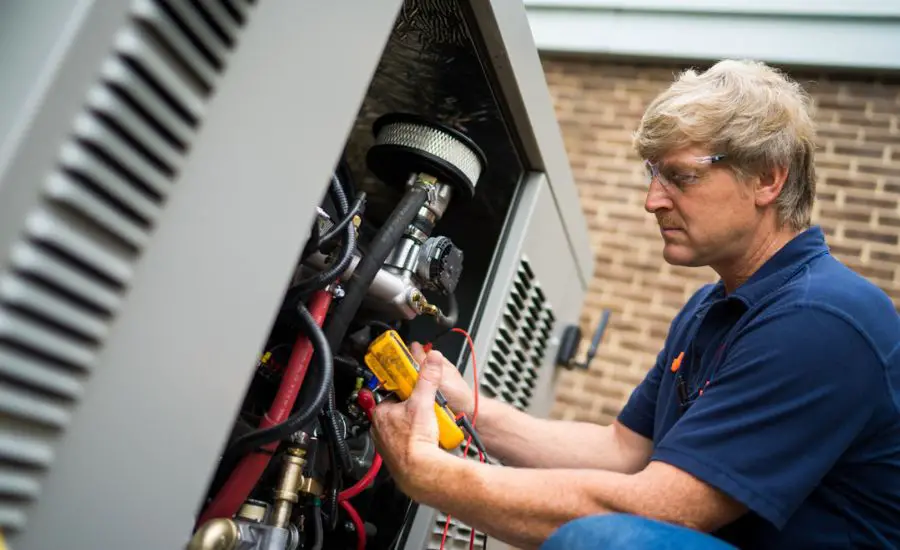
Conclusion
Understanding how to reset Generac generator is an invaluable skill, as it ensures the continued functionality of this vital backup power source during power outages and routine maintenance.
FAQ
To easily reset a generator, access the controller, clear error codes or alarms (if applicable), and restart the generator.
The green light means that the generator is fine. But the red light on your Generac generator is an indicator of a problem. Clearing it involves addressing the underlying issue, which may require you to reset Generac generator (you may set the reset maintenance reminder).
The yellow light might indicate battery issues.
Generators may stop working due to issues like low oil pressure or the need for an oil change, overload conditions, battery, air filter, spark plug problems, or other mechanical faults.
Identifying the specific cause is essential for effective troubleshooting by a qualified technician (a generator mechanic) and avoiding costly repairs.
A Generac generator may fail to start due to reasons such as a dead or weak battery (check if there’s a yellow light), spark plug or air filter issues, the need for oil change, or electrical system problems. Identifying the root cause is necessary for resolving the non-starting issue.


